Despite many ups and downs and interruptions, the Later Le Dynasty has affirmed its national position and great influence in the region. In this article, we would like to summarize the best to partly sketch the image of the Later Le Dynasty.
1. This is the longest lasting dynasty in the history of the nation.
King Le Thai To ascended the throne on April 15, 1428, founded the Later Le Dynasty and lasted until 1789. The Later Le Dynasty was divided into two historical periods: the 99-year Early Le Dynasty (1428 - 1527) and the 256-year Later Le Dynasty (1533 - 1789).
Thus, the Later Le Dynasty existed for 355 years. Compared to the Ly Dynasty of 215 years (1010 - 1225), the Tran Dynasty of 175 years (1225 - 1400), the Nguyen Dynasty of 143 years (1802 - 1945)... the Later Le Dynasty was the longest-lasting dynasty among the feudal dynasties of Vietnam.
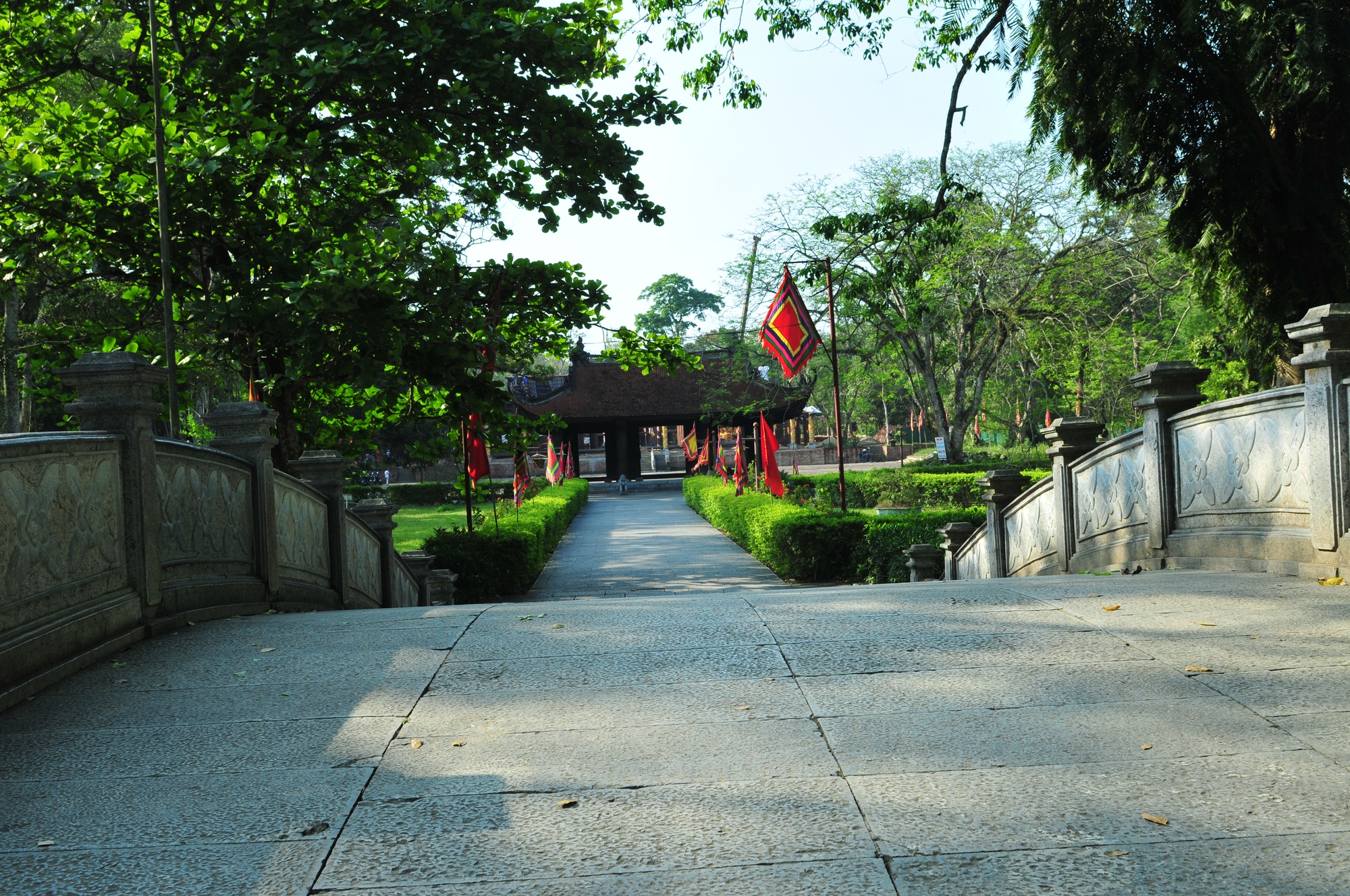
The road to Ngo Mon, a special national relic of Lam Kinh, the birthplace of the Later Le dynasty, Tho Xuan district, Thanh Hoa province.
2. The dynasty with the most kings.
The Later Le Dynasty had 27 kings who ruled the country in succession, of which 11 were in the Early Le Dynasty and 16 were in the Later Le Dynasty. The longest reigning king in this dynasty was King Le Hien Tong for 46 years (1740-1786).
3. The dynasty with the youngest king to ascend the throne
King Le Nhan Tong was born on June 9, 1441 and ascended the throne on August 12, 1442, when he was just over 1 year old.
King Le Nhan Tong was the youngest king to ascend the throne in the history of the Vietnamese nation. In addition, this dynasty also had a number of other kings who ascended the throne at a very young age: Le The Tong (6 years old), Le Thai Tong (10 years old), Le Chieu Tong (10 years old), and Le Gia Tong (10 years old).
4. The dynasty that held the most examinations
In the history of the feudal Vietnamese imperial examinations that lasted 844 years (1075-1919), the dynasties organized 185 examinations with 2,898 great scholars.
In which, the Later Le Dynasty held 98 examinations (Le So: 28 examinations, Le Trung Hung: 70 examinations) and accepted 1,732 people. In the reign of King Le Thanh Tong (1460 - 1497), there were 12 examinations, 501 people passed the Doctorate exam.
Thus, the Later Le Dynasty was the dynasty with the most examinations and selected the most talented people in the history of Vietnamese examinations.
5. The dynasty that erected the most Doctorate steles
Up to now, the number of Doctorate steles in our country is 114 (Thang Long Temple of Literature: 82 steles, Hue Temple of Literature: 32 steles). Of which, the Later Le Dynasty established 81 steles to record the background of the scholars.
The oldest three people who passed the doctoral exam at the age of 50 were Vu Tuan Chieu in 1475, Nguyen Duc Luong in 1514, and Nguyen Xuan Chinh in 1637.
6. The dynasty with the king who used the longest reign title and minted the most types of coins
During the 46 years of King Le Hien Tong's reign (1740-1786), he only used one reign name, Canh Hung, and minted 16 types of coins, including:
1. Canh Hung Thong Bao | 9. Canh Hung Thuan Bao |
2. Canh Hung Trung Bao | 10. Canh Hung Chinh Bao |
3. Canh Hung Chi Bao | 11. Canh Hung Noi Bao |
4. Canh Hung Vinh Bao | 12. The Hung Dung Bao Landscape |
5. Canh Hung Thai Bao | 13. Canh Hung Lai Bao |
6. Canh Hung Cu Bao | 14. Canh Hung Thuan Bao |
7. Canh Hung Trong Bao | 15. Canh Hung Dai Bao |
8. Hung Tuyen Bao Landscape | 16. Canh Hung Dai Tien |
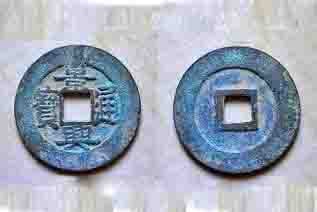
Front and back of Canh Hung Thong Bao copper coin of King Le Hien Tong of the Later Le Dynasty.
King Le Hien Tong was also the king who had 3 sons-in-law who all became kings: Nguyen Hue married Princess Ngoc Han, Nguyen Quang Toan married Princess Ngoc Binh and King Gia Long married Princess Ngoc Binh again.
7. The only dynasty with a king who ascended the throne twice
King Le Than Tong ascended the throne twice with a total reign of 37 years. The first time he ascended the throne was from 1619 to 1643, then he abdicated to his son Le Chan Tong to become the Supreme Emperor.
Six years after King Chan Tong passed away, the court invited King Le Than Tong to ascend the throne for the second time from 1649 to 1662.
King Le Than Tong is recorded as the first monarch in Vietnamese history to marry a Westerner.
That was Mrs. Orona, daughter of the Dutch Vice-Governor in Taiwan. In 1630, while traveling with the Dutch trade delegation to Vietnam, Mrs. Orona met King Le Than Tong in Thang Long, and she stayed to become the king's princess.
8. The dynasty that enacted the most laws
During the reign of the country, with the aim of building a standard legal system, the Later Le Dynasty promulgated many codes of law such as: Law Book (1442), National Dynasty Law Order (1442), Le Dynasty Official System (1471), National Dynasty Penal Code (1483), Thien Nam Du Ha Tap (1483), Hong Duc Thien Chinh Thu (1497), National Dynasty Regulations (1777), Khanh Tung Regulations (1777)...
Among these laws, the National Dynasty Penal Code (also known as the Hong Duc Code) is the pinnacle of Vietnamese feudal law.
Dai Viet during the Later Le Dynasty achieved many brilliant achievements and developed strongly in all fields. The above-mentioned special things partly demonstrate the contributions of this dynasty to the history of the nation./.
References:
1. Ngo Si Lien and the National History Institute of the Le Dynasty, Dai Viet Su Ky Thoan Thu, volumes 2,3, Social Sciences Publishing House, 2009.
2. Quynh Cu, Do Quoc Hung, Vietnamese Dynasties, Culture and Information Publishing House, 2009.
3. Tran Hong Duc, The first-class, second-class, and third-class laureates through the feudal dynasties of Vietnam, Hong Duc Publishing House, 2018.
Source: https://danviet.vn/vuong-trieu-nha-hau-le-voi-7-cai-nhat-lich-su-che-do-phong-kien-viet-nam-co-vua-len-ngo-tre-nhat-20240903113528803.htm


![[Photo] Japanese Prime Minister's wife visits Vietnamese Women's Museum](https://vstatic.vietnam.vn/vietnam/resource/IMAGE/2025/4/27/8160b8d7c7ba40eeb086553d8d4a8152)
![[Photo] General Secretary To Lam's wife and Japanese Prime Minister's wife make traditional green rice cakes together](https://vstatic.vietnam.vn/vietnam/resource/IMAGE/2025/4/27/7bcfbf97dd374eb0b888e9e234698a3b)

![[Photo] Living witnesses of the country's liberation day present at the interactive exhibition of Nhan Dan Newspaper](https://vstatic.vietnam.vn/vietnam/resource/IMAGE/2025/4/27/b3cf6665ebe74183860512925b0b5519)
![[Photo] General Secretary To Lam receives Chairman of the Liberal Democratic Party, Japanese Prime Minister Ishiba Shigeru](https://vstatic.vietnam.vn/vietnam/resource/IMAGE/2025/4/27/63661d34e8234f578db06ab90b8b017e)
![[Photo] Fireworks light up Hanoi sky to celebrate national reunification day](https://vstatic.vietnam.vn/vietnam/resource/IMAGE/2025/4/28/5b4a75100b3e4b24903967615c3f3eac)
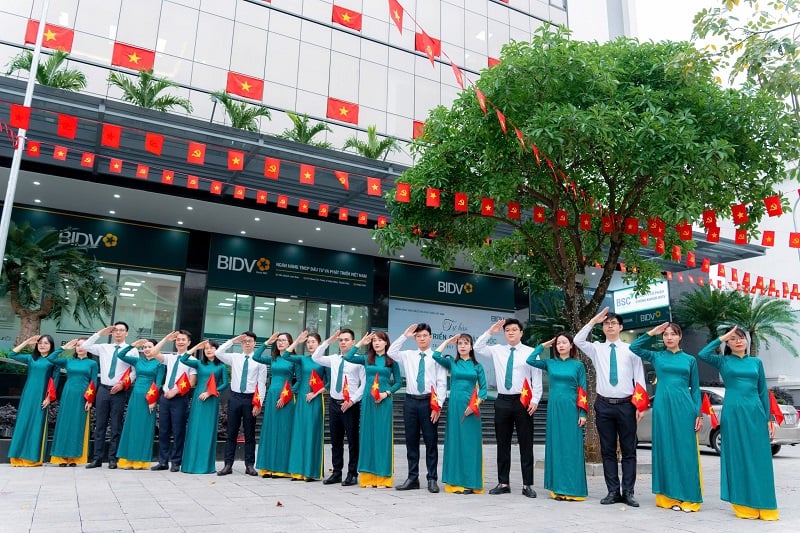

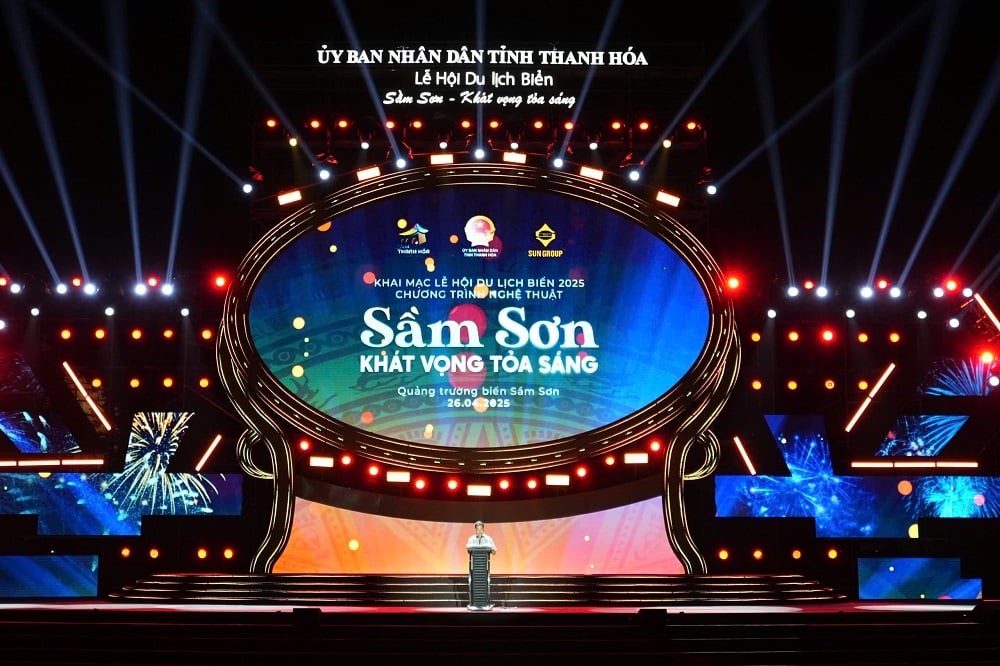
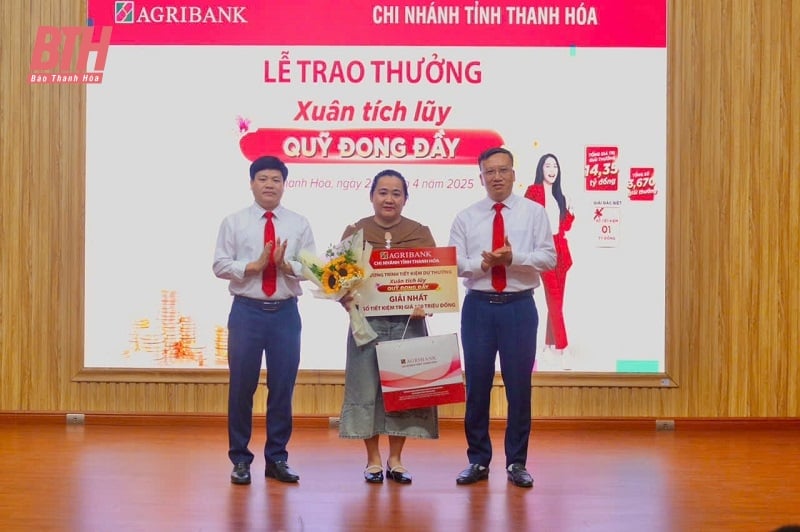








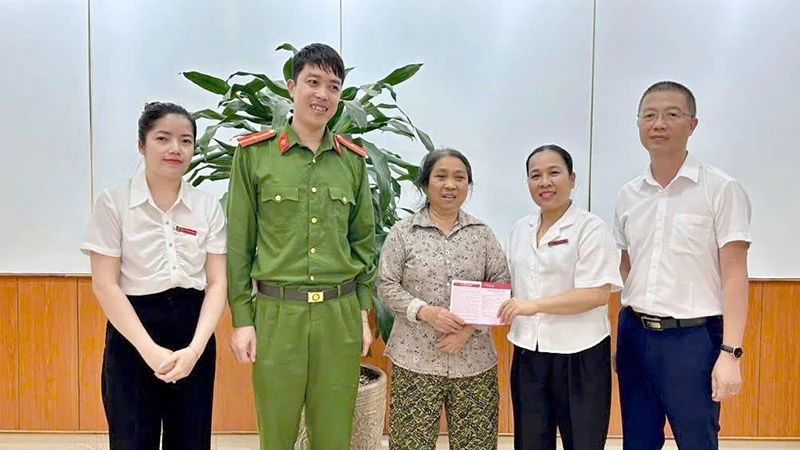

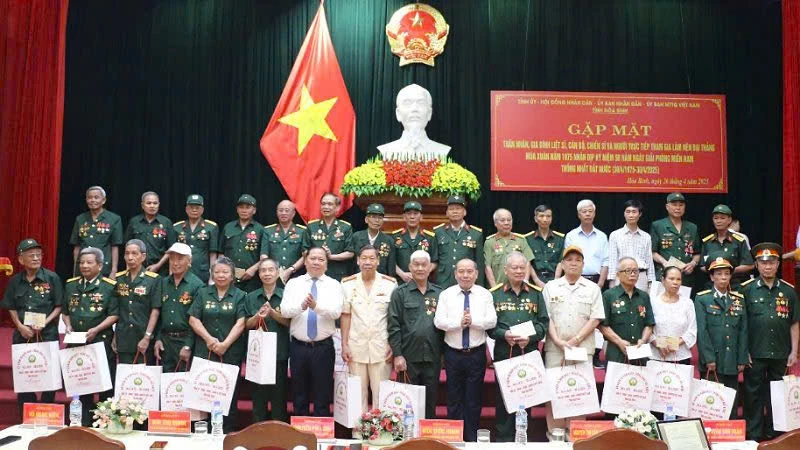

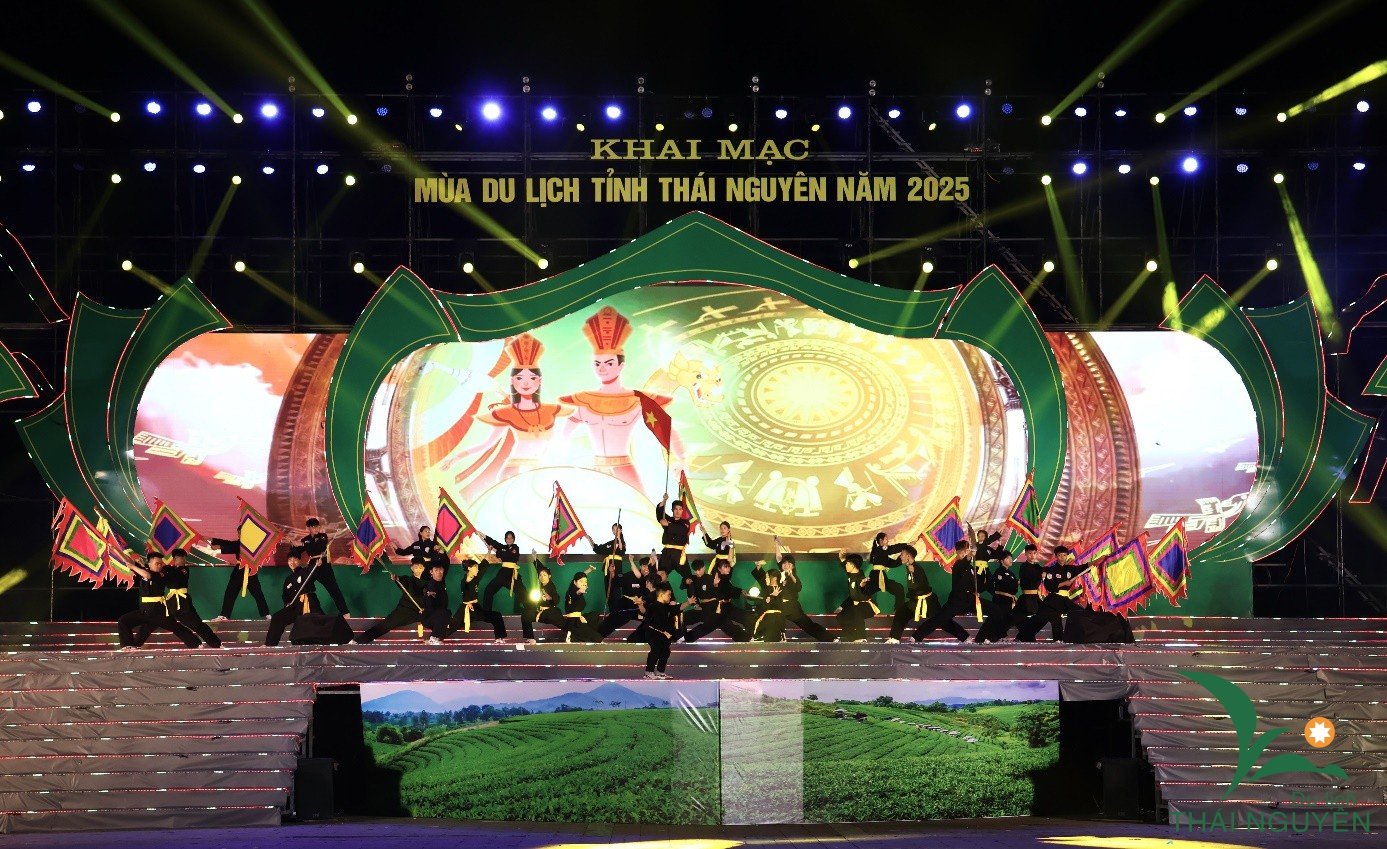

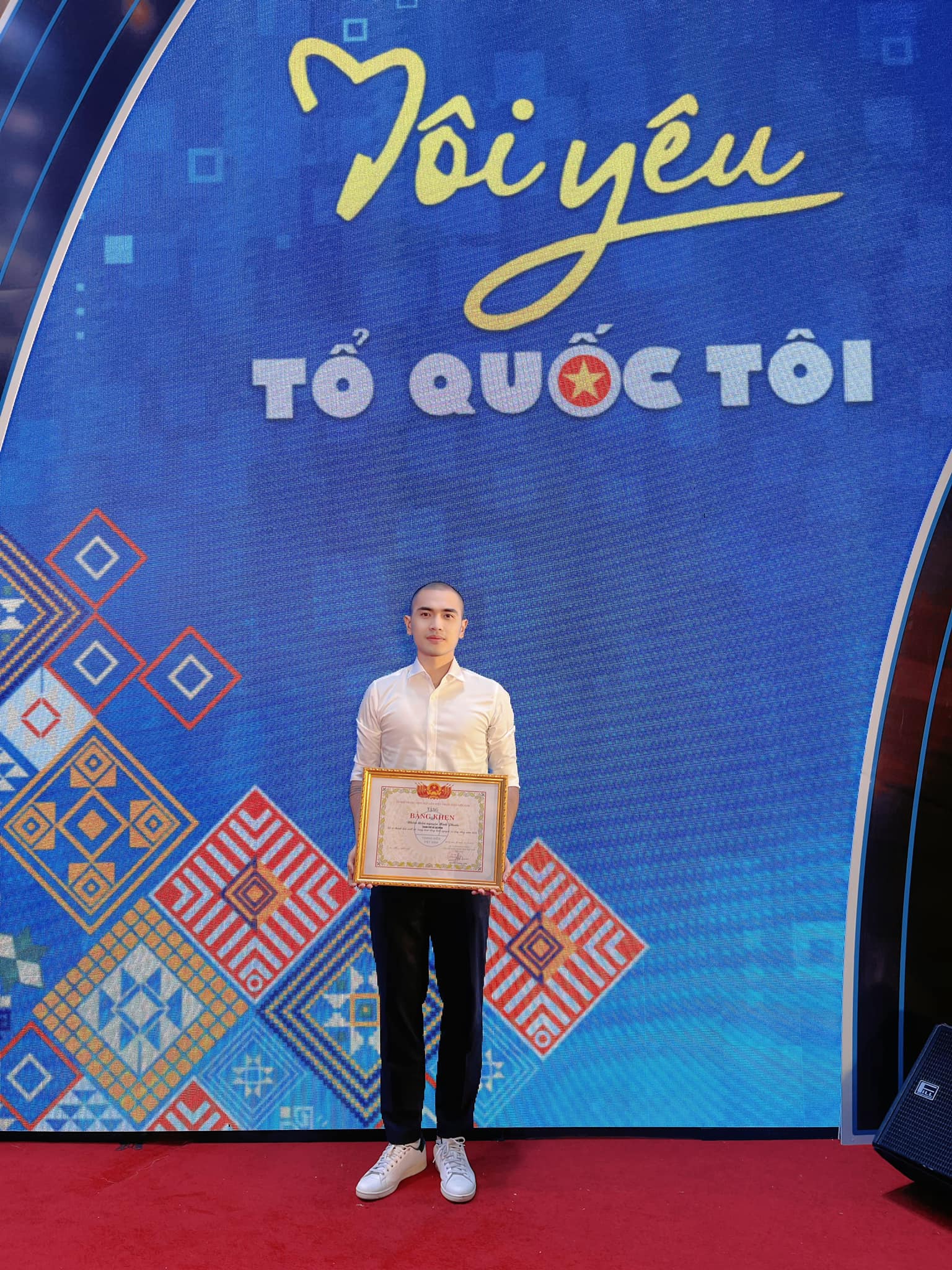
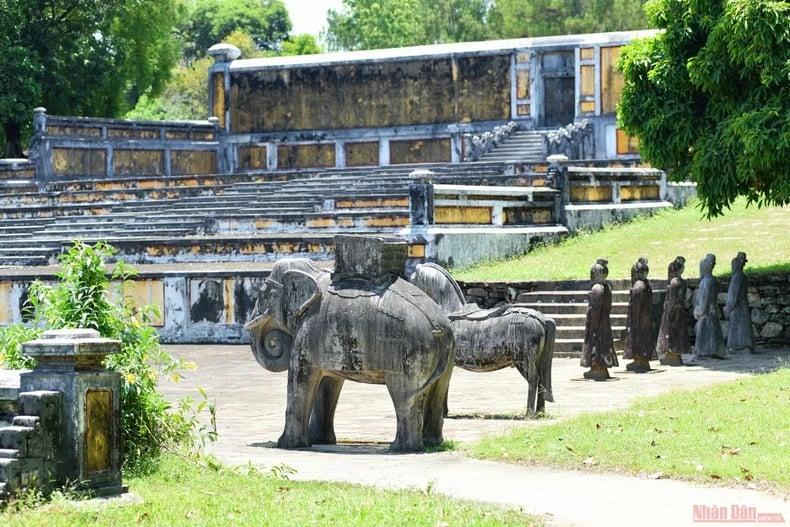




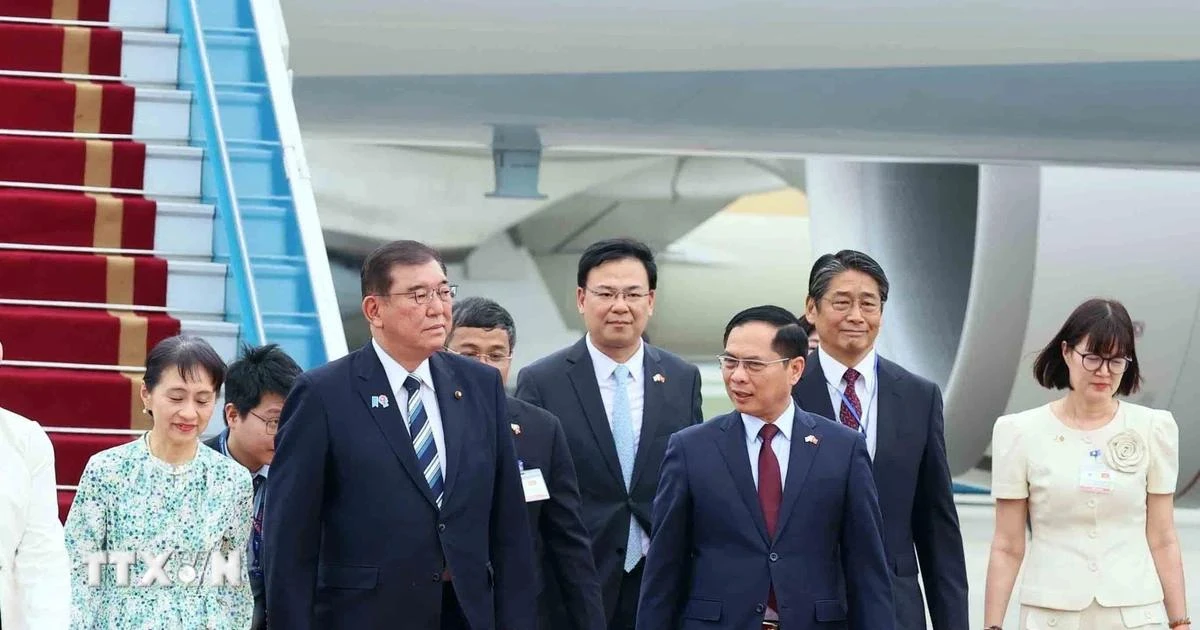
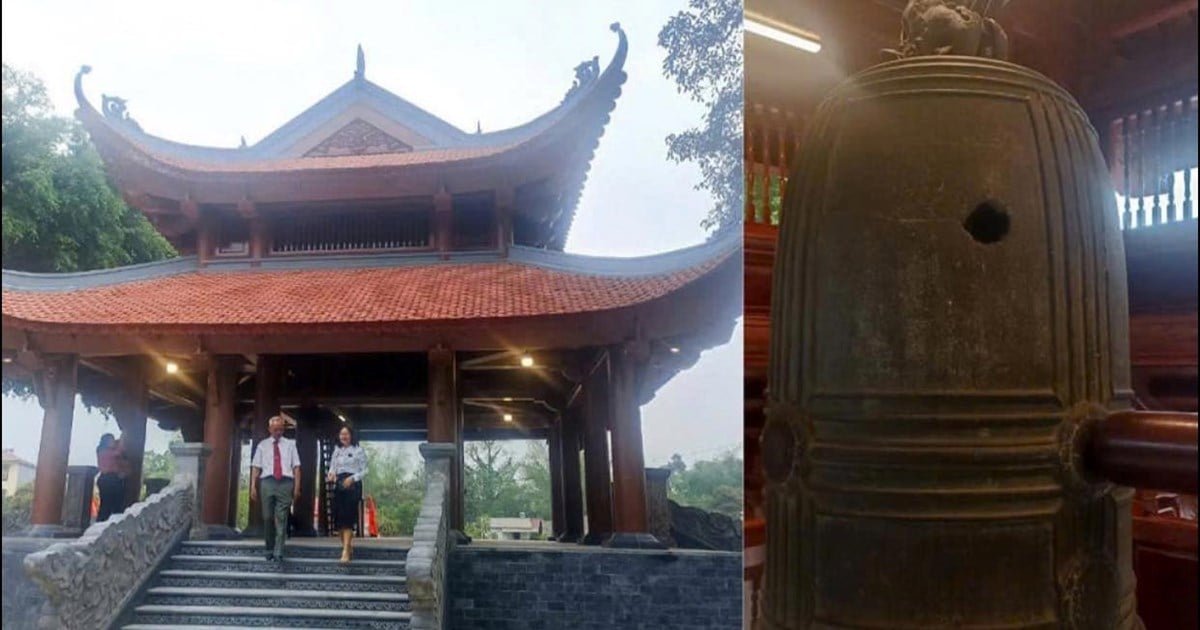





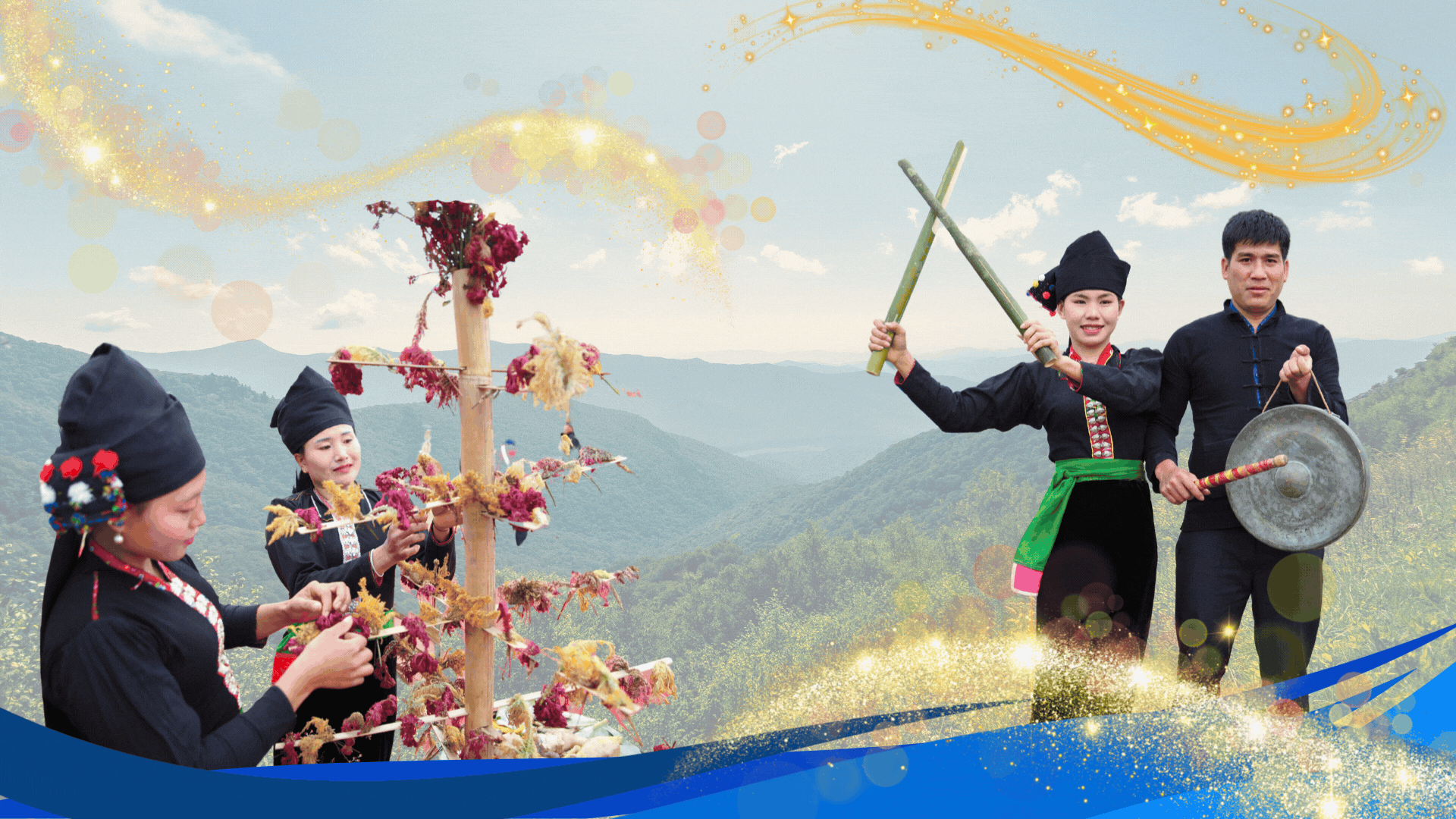

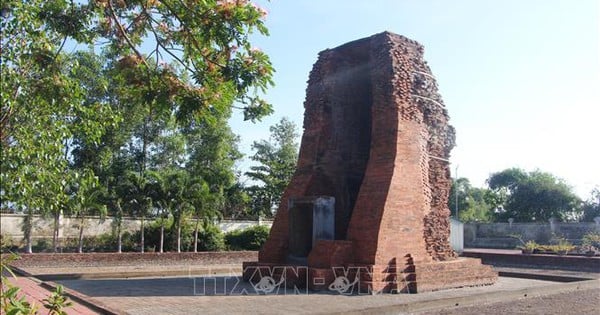
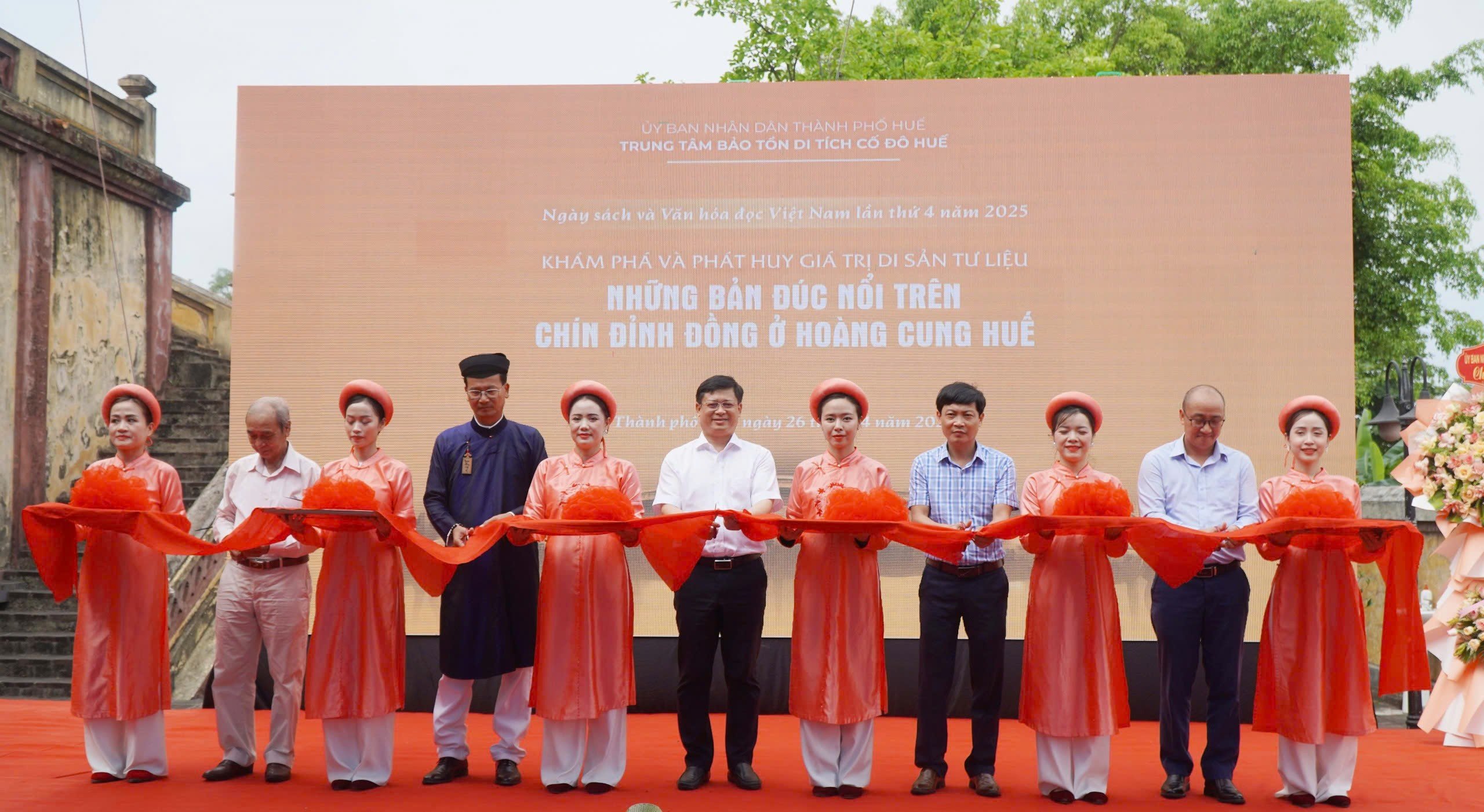

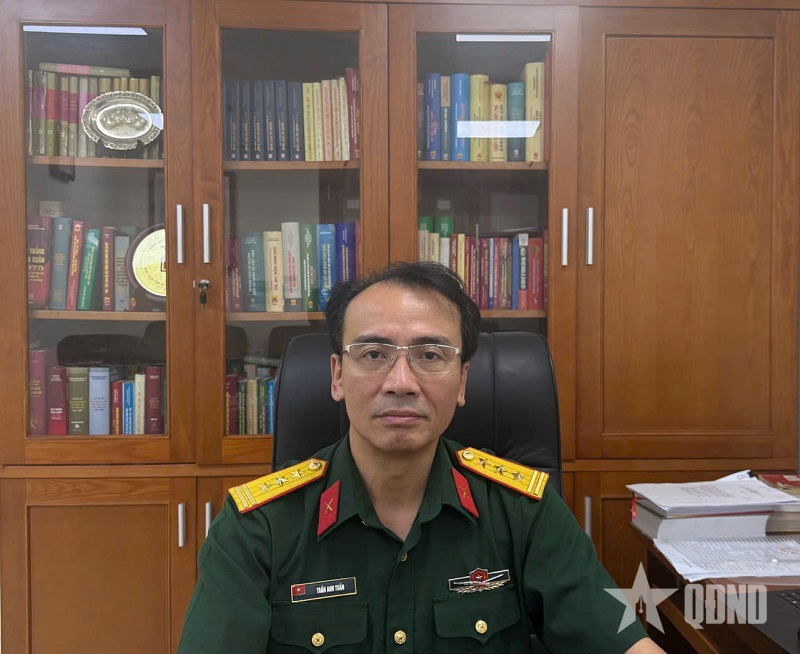





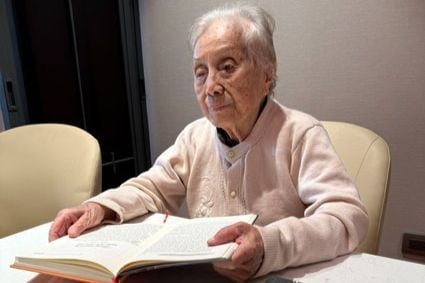



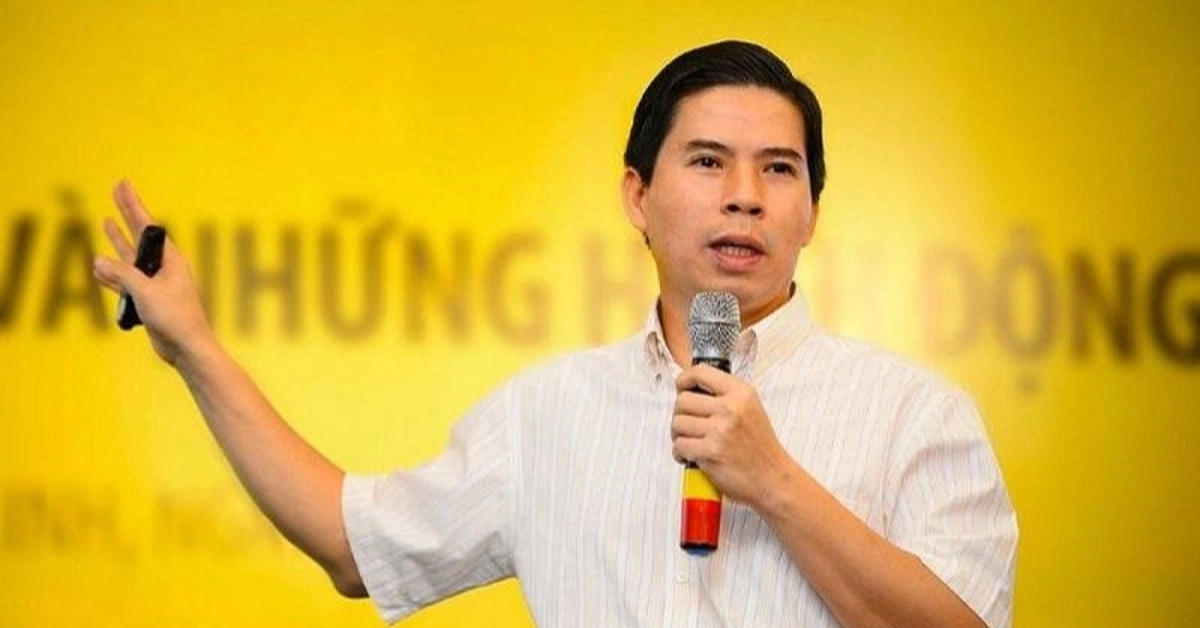



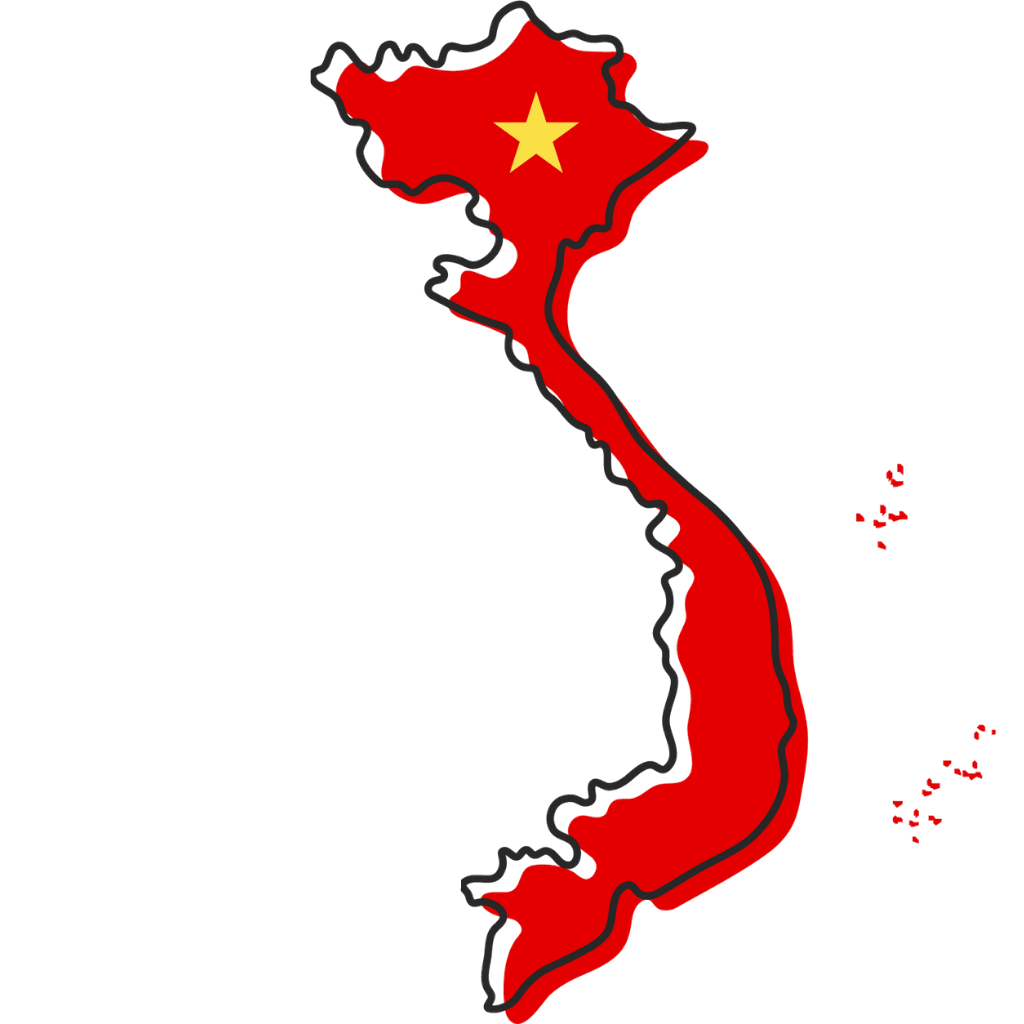





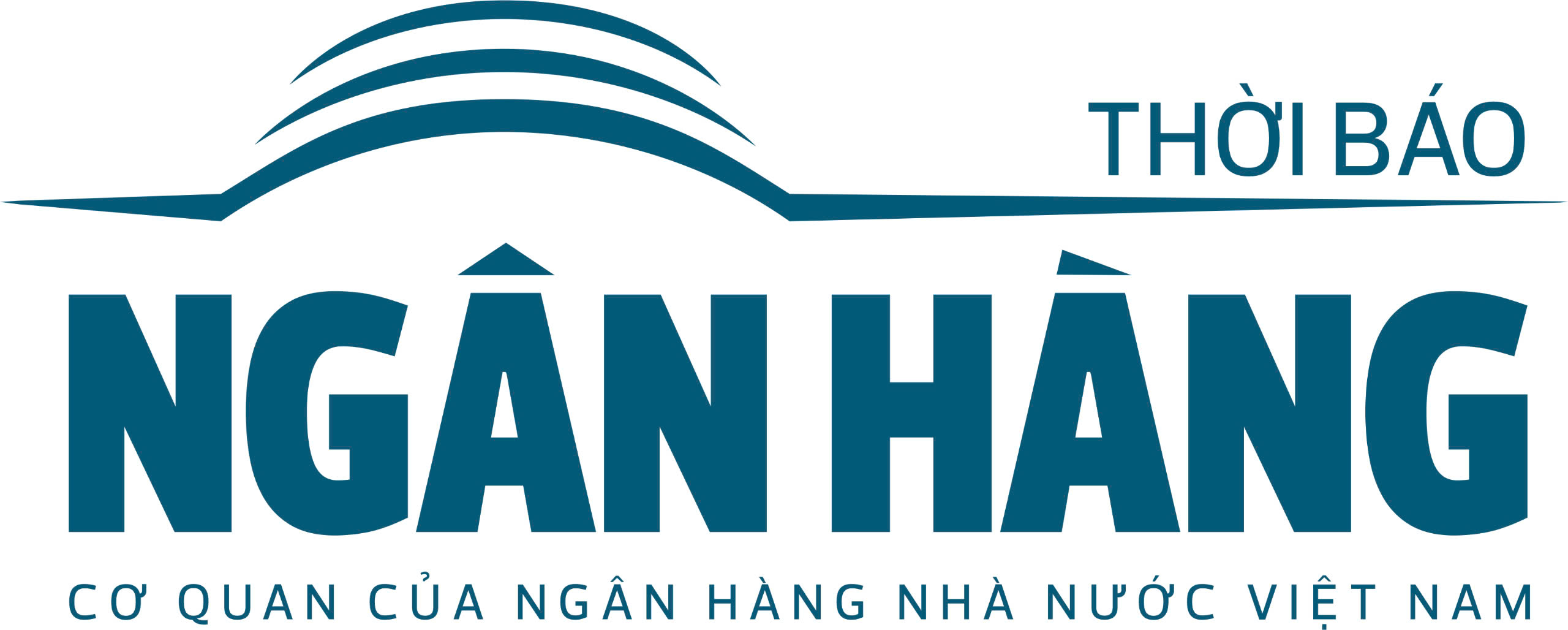



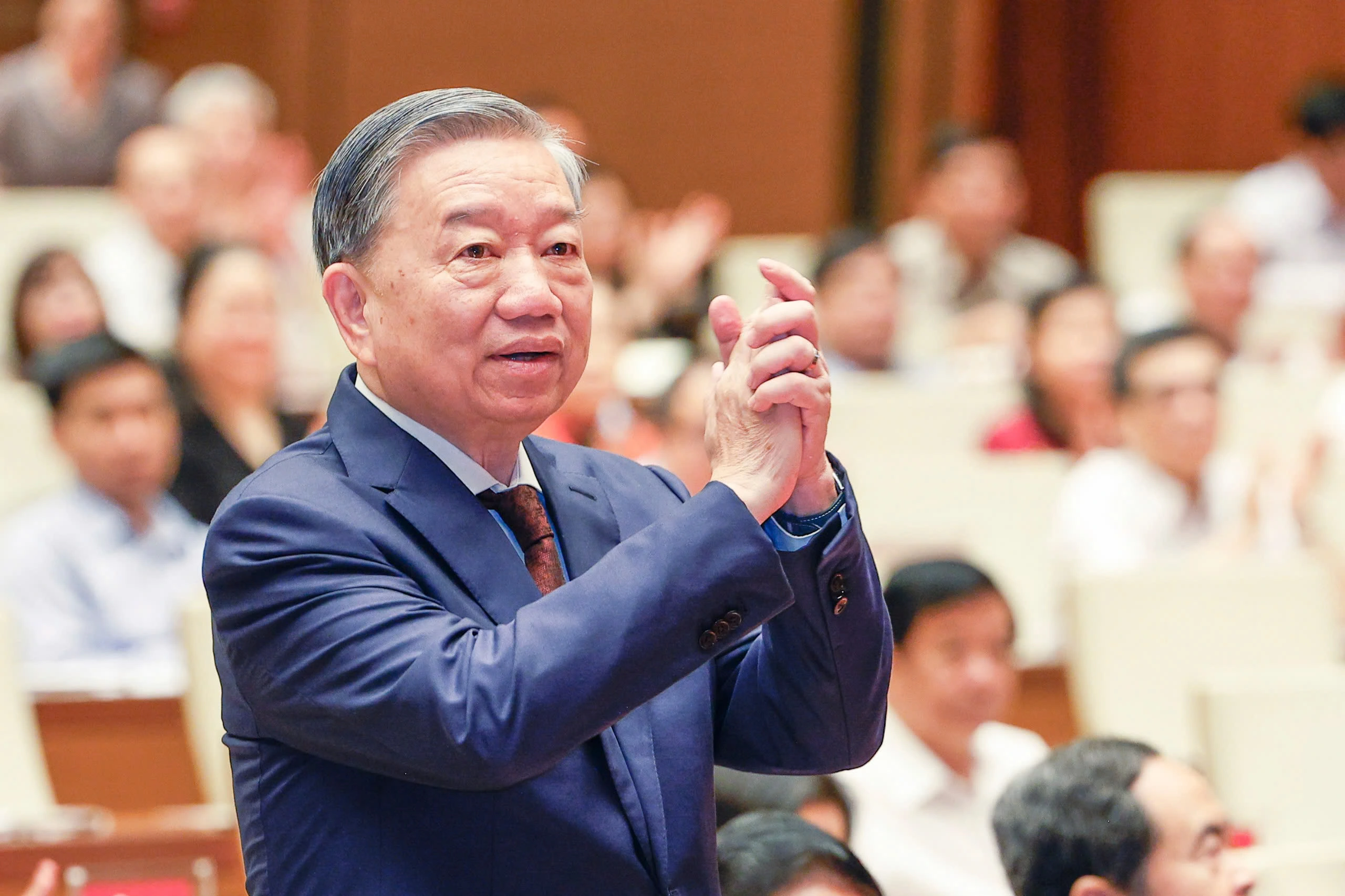




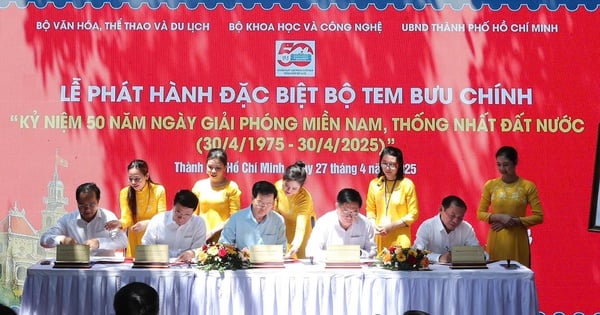

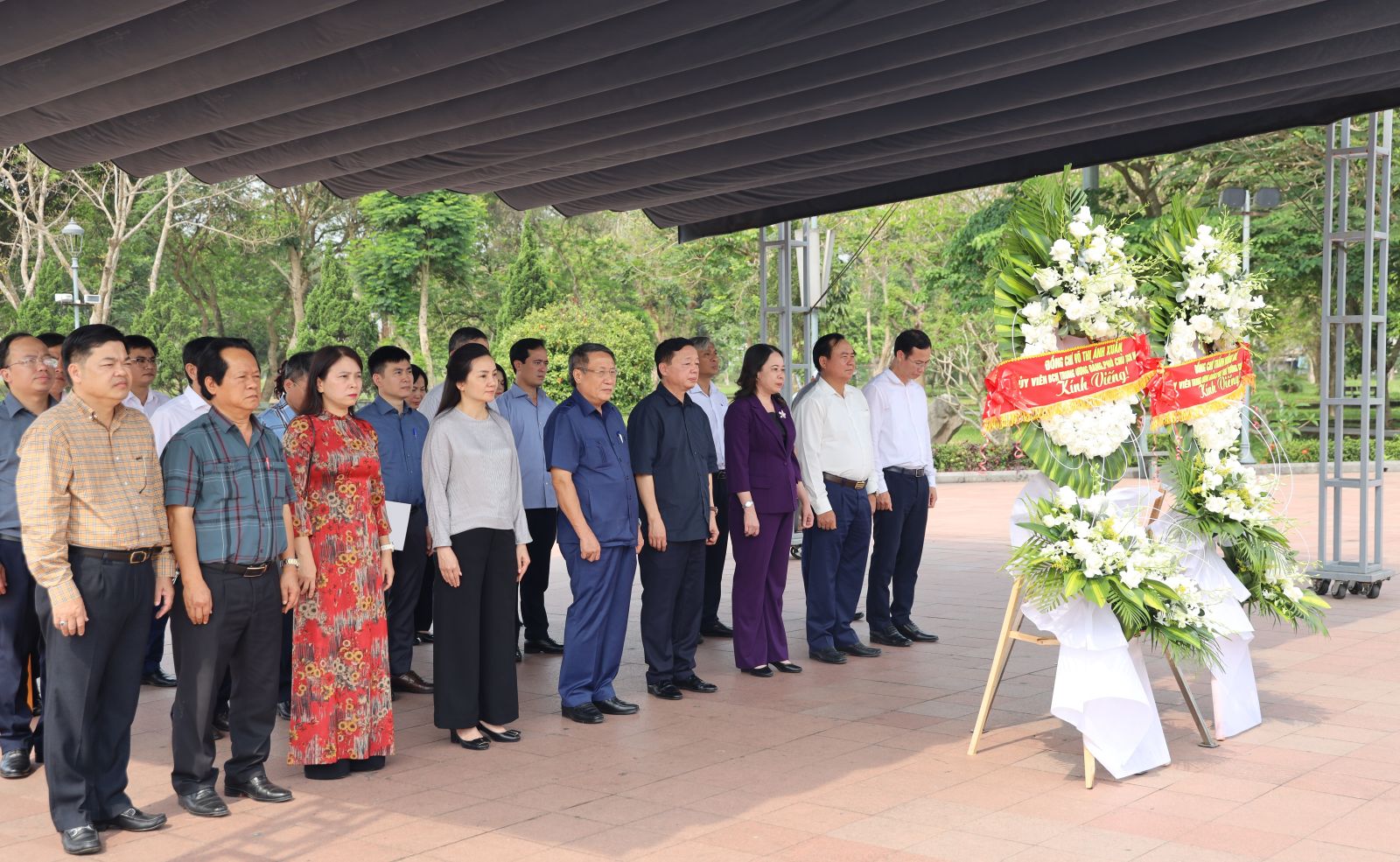

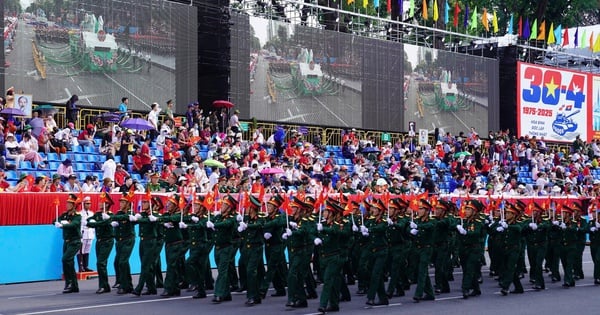







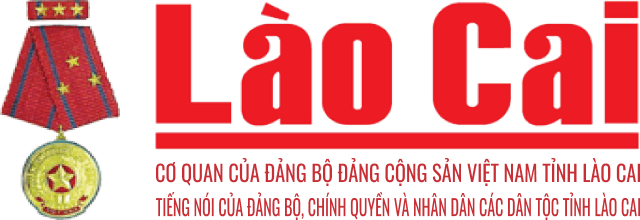
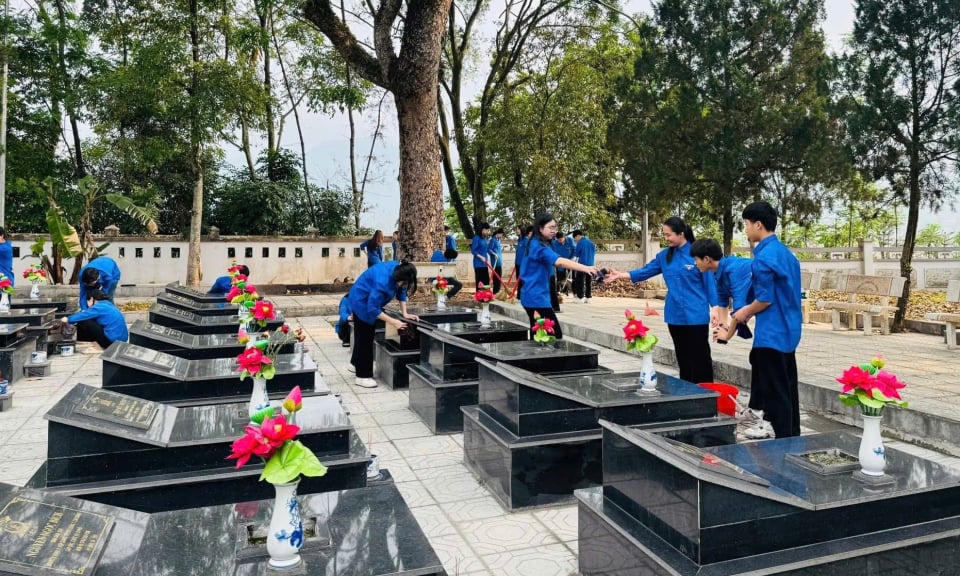



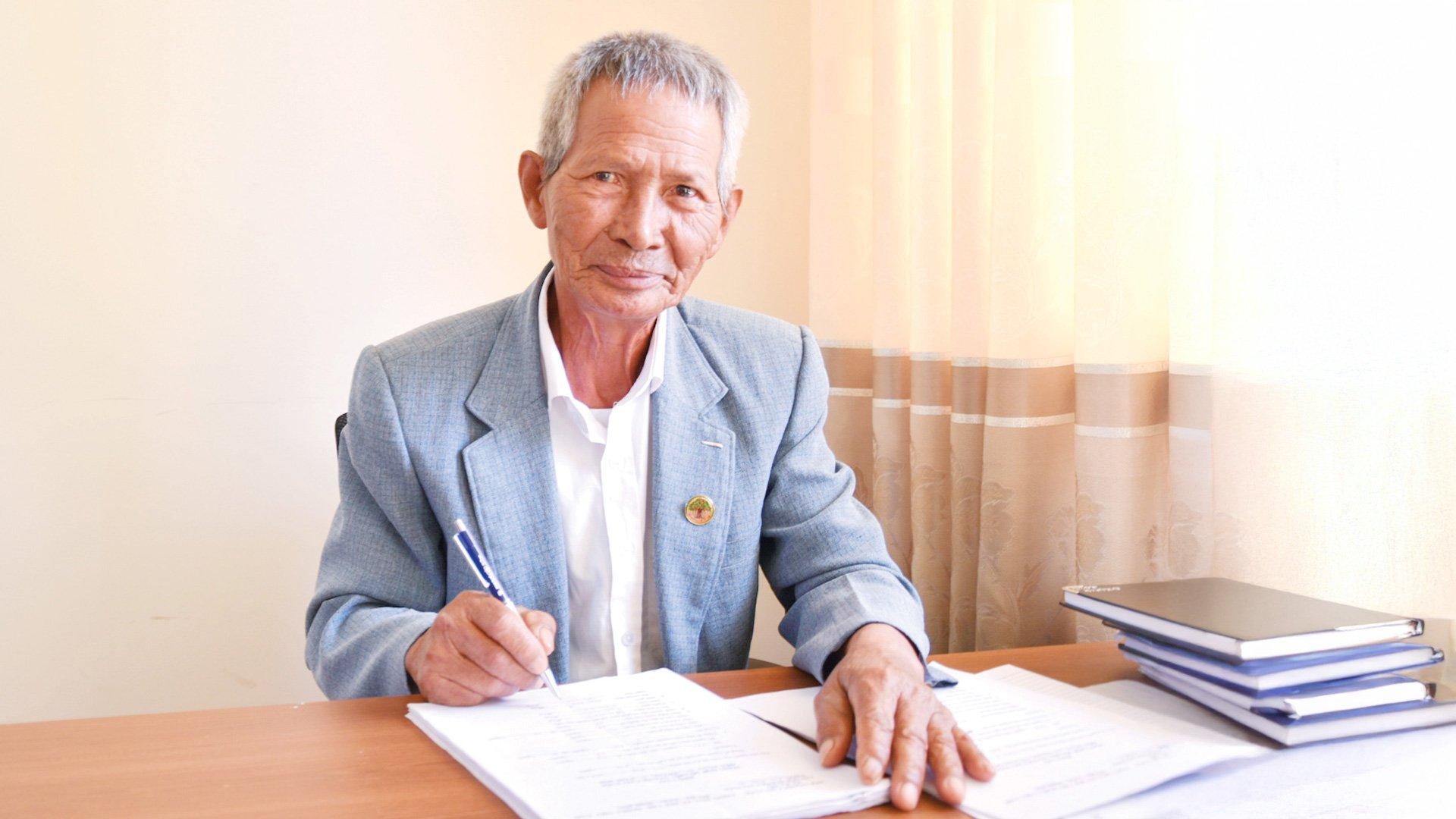








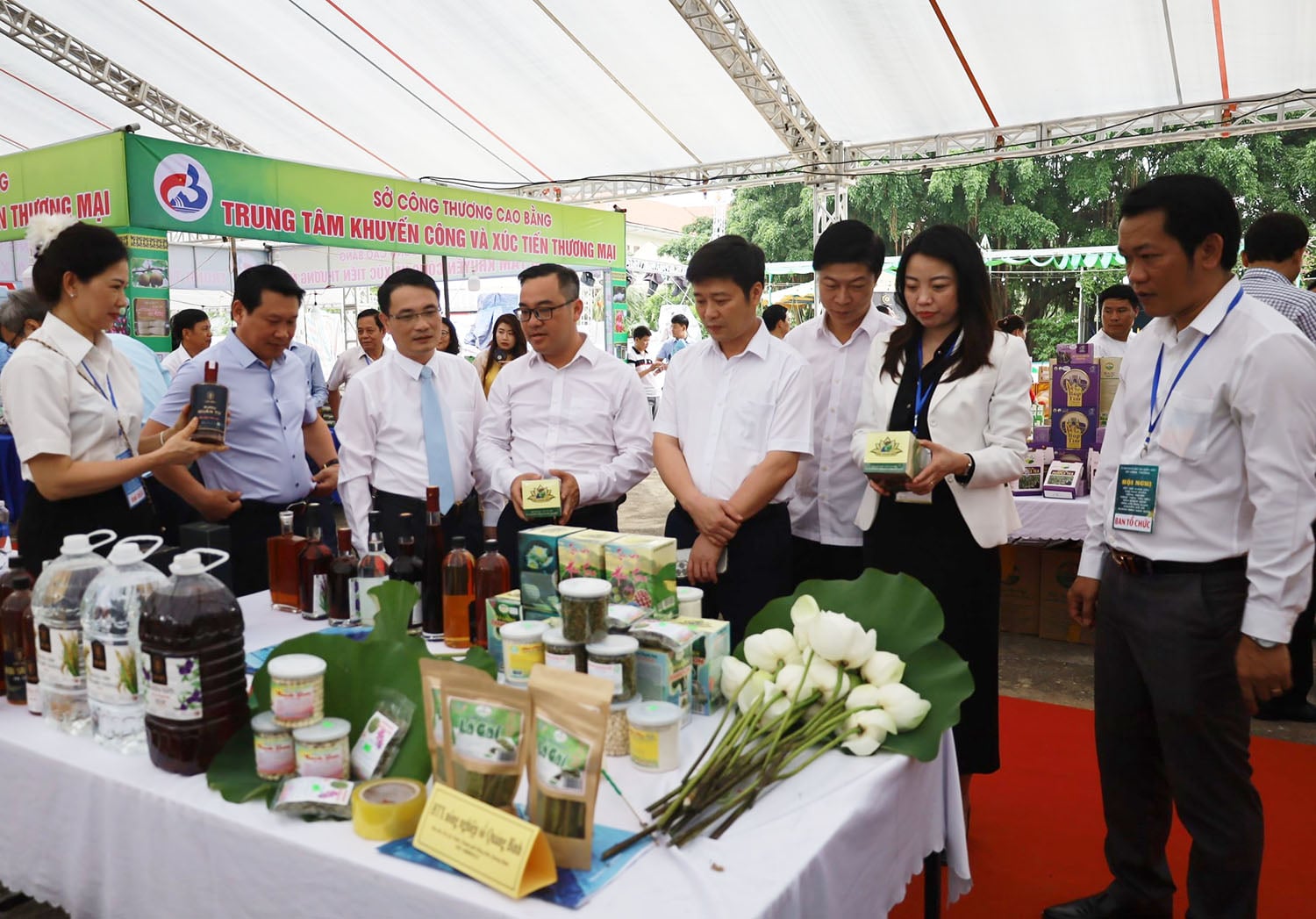


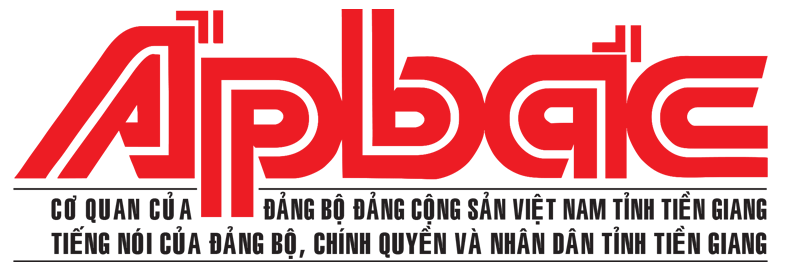
Comment (0)